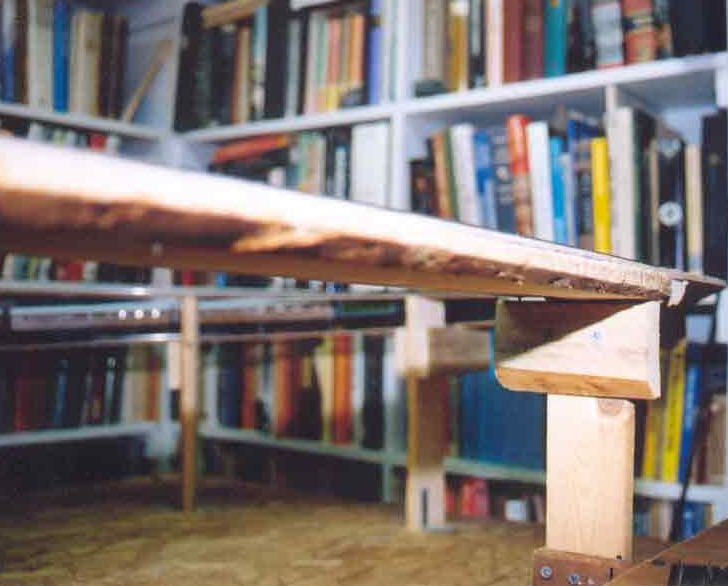--more--

1. The total length of track along the gradient is about 180 inches.
2. The total descent from the top to the bottom of the gradient is about 7.5 inches.
Divide the total drop by the total length: 7.5 divided by 180 = 0.0417. Multiply this result by 100 to obtain the percentage of gradient: 0.0417 times 100 = 4.17 percent. This would be an "impossible" gradient on a real railroad! On real railroads, a gradient of 1 percent is considered to be very steep.
Click here to see the "Flying Scotsman" in actual motion during a later stage of track construction. (WARNING: Clicking this link causes a download of a 6.3 megabyte file which will load very slowly on low-bandwidth connections.)
Go to top of page